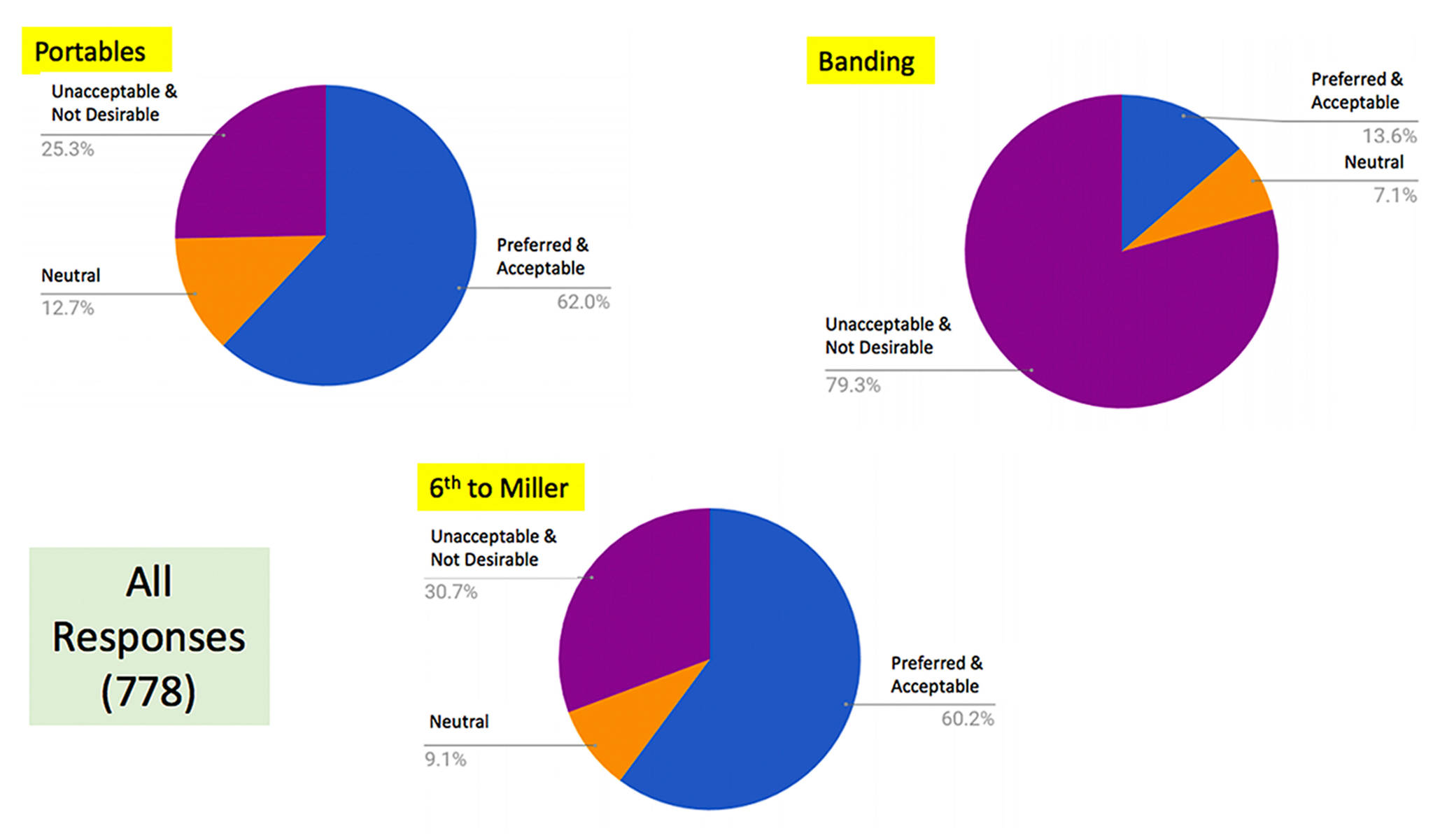The Aberdeen School Board has eliminated “banding” grades as an option to reduce K-3 class sizes, after staff and community surveys expressed overwhelmingly negative opinions on it.
Banding refers to a way of consolidating students of the same grade level into designated schools. That could mean having first and second grade students placed in one school, and higher grade students in another, or some variation on that.
Due to a new state education policy requiring all schools to have no more than 17 students per teacher in K-3 classes, Aberdeen is considering several ways to reduce class size in those grades (they currently have around 19 students per teacher). Not reducing classes would result in an estimated $600,000 less in apportioned state funding, but not until the fall 2019 semester begins.
Initially, the requirement was to be implemented this coming fall. The delay gives the board has somewhat larger window of time to decide how to reduce class sizes.
The options included adding portables to elementary schools, making Miller Junior High for grades six through eight, instead of seventh and eighth as it has been for years, or banding by grades.
The option to band schools by grade level would have meant a major shift in terms of families and their students’ commutes, with all kindergarteners having to attend Central Park Elementary, while other elementary schools would have been designated to house other grades.
Some 232 school staff members and 546 community members responded to a district survey asking people to rank the options on how acceptable they seemed. Most notably from the results, 69 percent of the staff and 83.7 percent of community members who responded said banding schools by grade level was either not desirable or unacceptable.
After reviewing the numbers at Tuesday’s school board meeting, along with many written comments that accompanied the survey, the board quickly made a unanimous decision to eliminate banding as an option. The approximately 50 people who attended Tuesday’s board meeting applauded the decision.
But the board still needs to decide between the two remaining options of moving sixth grades to Miller or adding portables, and Henderson said they would, hopefully, make a decision by the beginning of summer.
“I don’t think it’s an option for us to not do anything, to not accept $600,000,” said Board member Bill Dyer. “I think that would be foolish for our district, and that we should pick from those two.”
Before the next board meeting in April, district officials will be researching the logistics for where portables could be placed around elementary schools, and how to alleviate the concerns some in the community have already voiced about combining sixth graders with the older students at Miller Junior High.
“I, personally, would like to see where portables would be placed at existing elementary schools, and if there are disruptions to those schools,” said Board President Sandra Bielski. “I would also like options on what moving sixth grades would look like.”
The other two options received more mixed reviews between staff and community members. The 232 staff members who returned surveys were more likely in favor of moving sixth grades to Miller Junior High, with 54.3 percent saying that was the preferred option. Only 30.8 percent of the 546 community members said they prefer moving sixth grades, and a larger share of community members said they thought it was not desirable or unacceptable. The community results were more in favor of adding portables, with 67 percent either saying that was acceptable or preferable.



